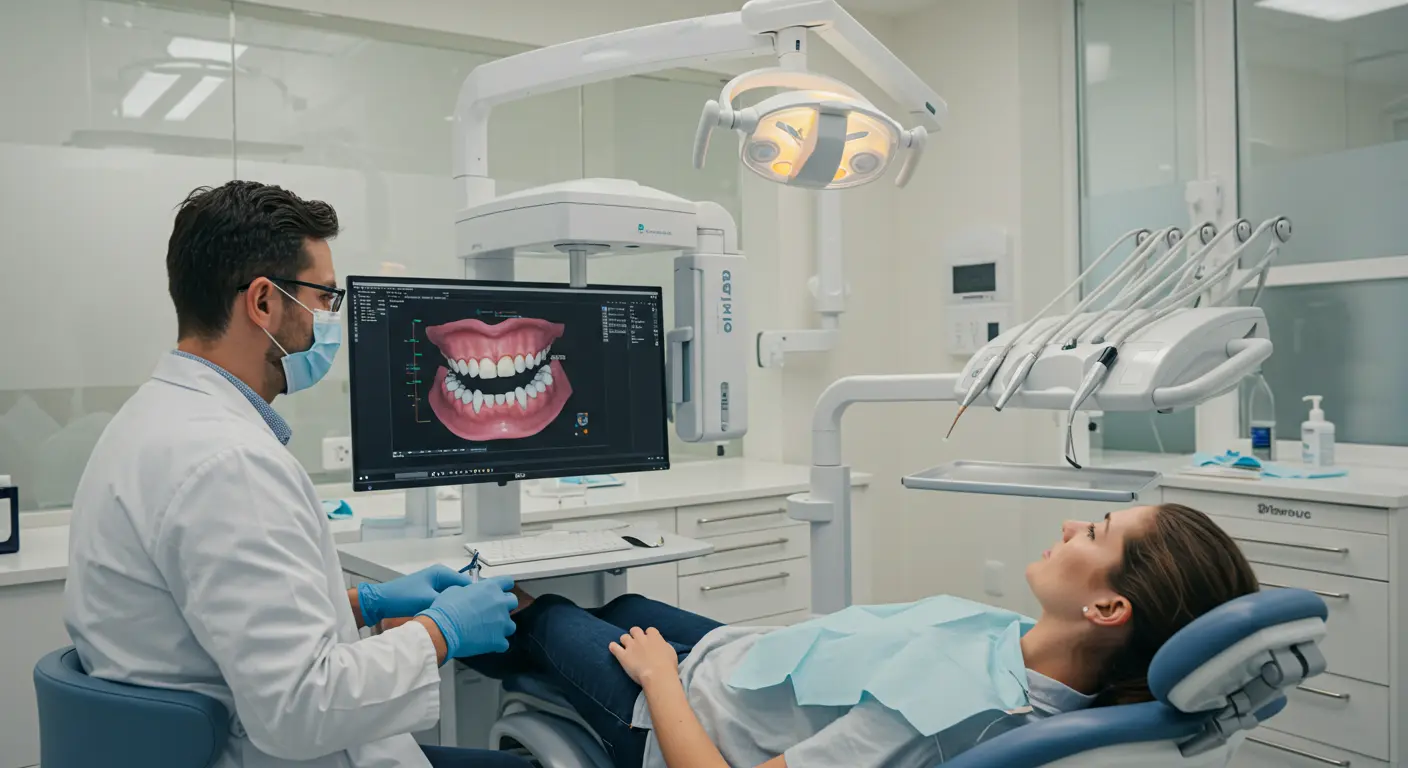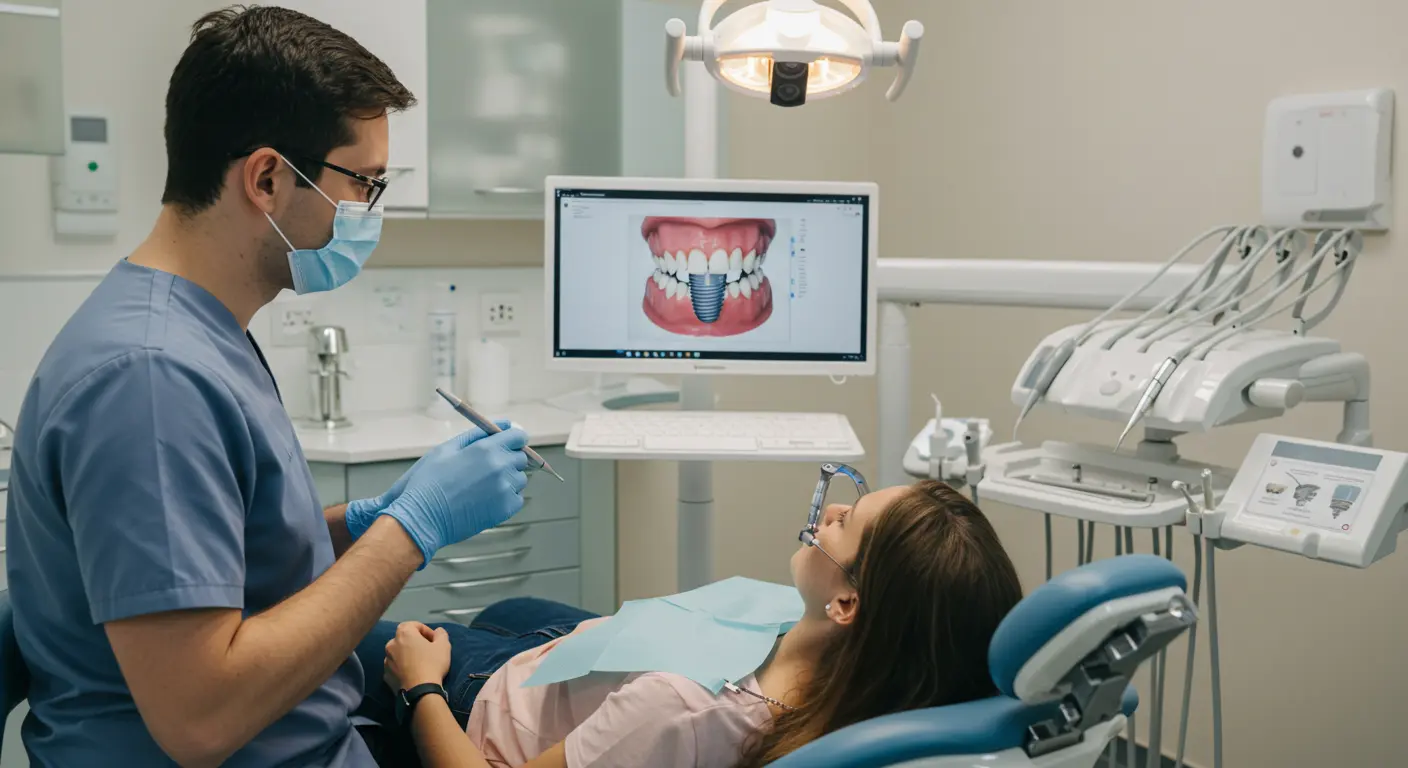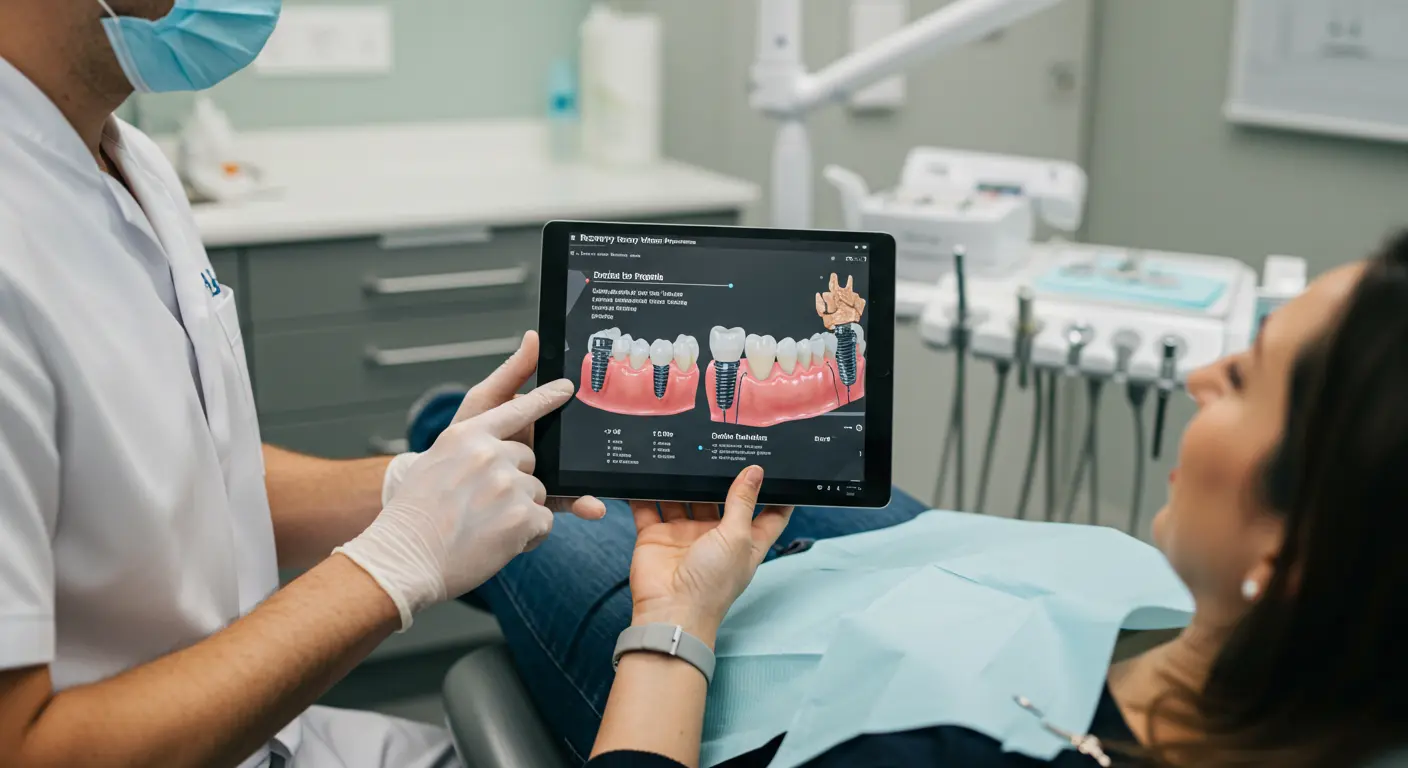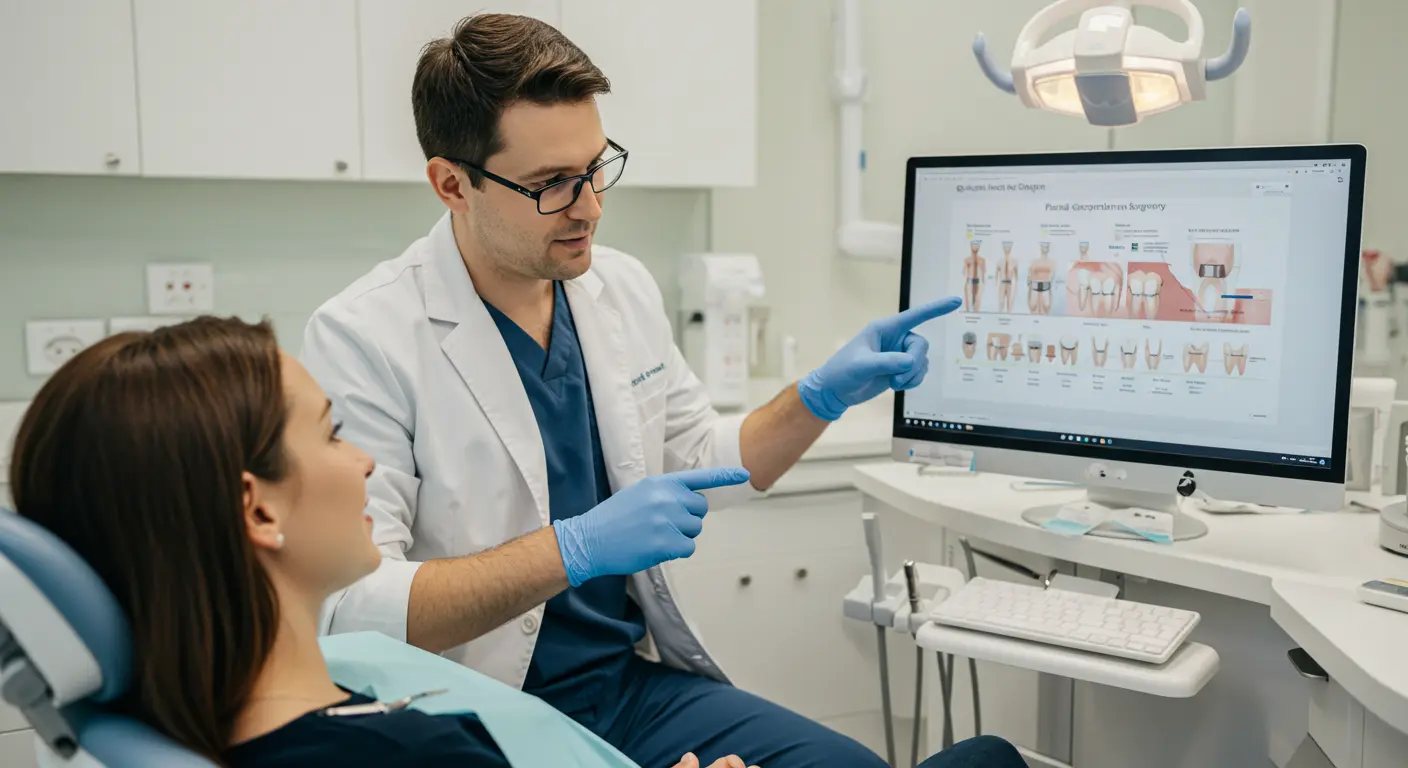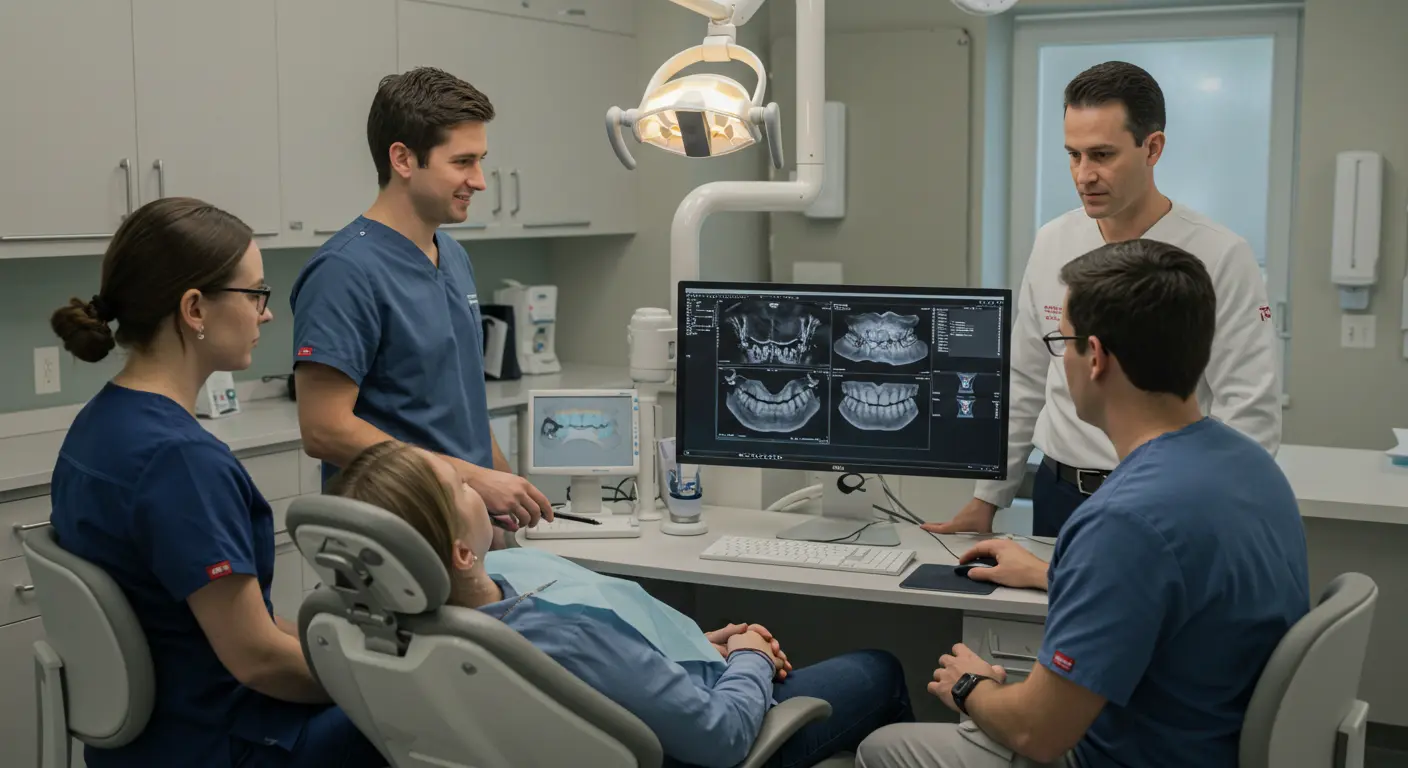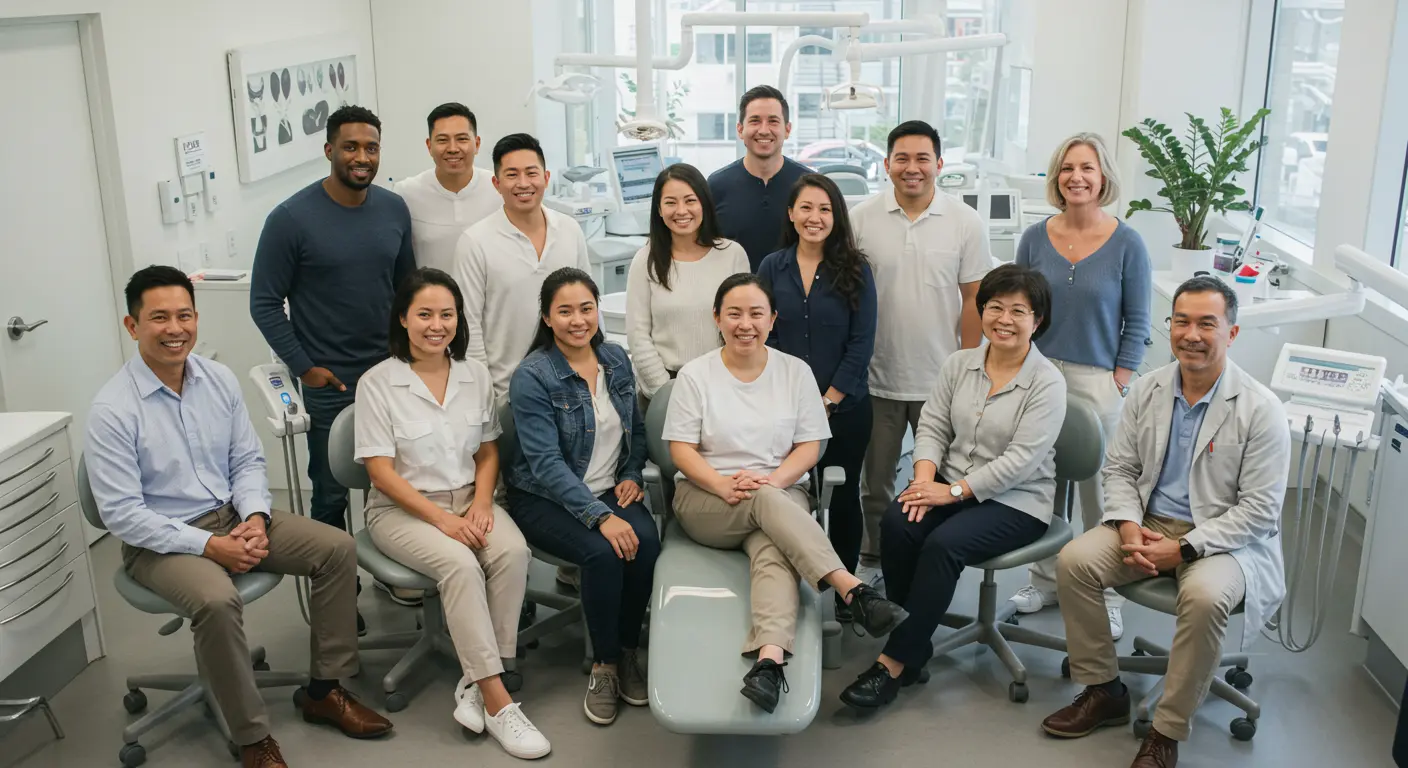Recovery Timeline After Dental Implant Surgery: A Comprehensive Guide
Recovery timeline after dental implant surgery is a key concern for anyone considering this transformative procedure. Dental implants offer a permanent solution for missing teeth, restoring both functionality and aesthetics. However, understanding the recovery timeline after dental implant surgery is crucial to ensure a smooth healing process and long-term success. In this comprehensive guide, we will walk you through every stage of recovery—from immediately after surgery to full healing—explaining what to expect, how to care for your implant, and tips for speeding up the process. Whether you’re planning for a single implant or a full-mouth restoration, this guide will help you navigate your journey to a healthy, confident smile.
What to Expect Immediately After Surgery
Immediately following dental implant surgery, your body will begin its natural healing process. The first 24 to 48 hours are critical. Recovery timeline after dental implant surgery generally begins with some discomfort, swelling, and minor bleeding.
Common Post-Surgical Symptoms:
1️⃣ Swelling:
Onset: Begins within a few hours after surgery.
Duration: Usually peaks around 48 hours and then gradually subsides.
Tip: Applying ice packs on the outside of your face (wrapped in a towel) for 15-20 minutes at a time can help reduce swelling.
2️⃣ Pain:
Onset: Pain typically starts a few hours after the procedure once the anesthesia wears off.
Management: Over-the-counter pain relievers or prescribed medications are usually sufficient.
Note: Avoid aspirin as it may increase bleeding.
3️⃣ Bleeding:
Onset: Light bleeding may occur immediately after surgery.
Duration: Usually minimal and should subside within the first 24 hours.
Tip: Keep a gauze pad over the area and change it as needed until the bleeding stops.
4️⃣ Bruising and Discomfort:
Onset: Bruising around the surgical site may develop and can last for several days.
Management: This is normal and should gradually fade as healing progresses.
The First Week: Initial Healing Phase
During the first week after surgery, your focus should be on managing pain, reducing swelling, and preventing infection. This initial phase is vital for setting the foundation for successful osseointegration—the process by which the implant fuses with the jawbone.
Key Recommendations:
1️⃣ Follow Post-Operative Instructions:
Adhere strictly to your dentist’s guidelines regarding medication, diet, and oral hygiene.
2️⃣ Dietary Adjustments:
Soft Foods: Stick to a soft diet that includes soups, smoothies, yogurt, and mashed potatoes. Avoid hard, crunchy, or chewy foods that might disturb the surgical site.
Hydration: Drink plenty of water to keep your mouth clean and help your body heal.
3️⃣ Oral Hygiene:
Gentle Brushing: Use a soft-bristled toothbrush and avoid the surgical area.
Antiseptic Rinse: Your dentist may recommend an antiseptic mouthwash to prevent infection.
4️⃣ Rest and Recovery:
Ensure you get plenty of rest. Avoid strenuous activities and try to keep your head elevated to minimize swelling.
Follow any instructions regarding the use of ice packs to manage swelling.
Weeks 2 to 4: Intermediate Healing and Osseointegration
The period between the second and fourth week is critical as your body works to integrate the implant with the surrounding bone. During this time, many patients begin to notice improvements in comfort and a reduction in swelling and pain.
What Happens During This Phase:
Osseointegration Begins:
The implant starts to bond with the jawbone. This process is gradual and continues over several months.Reduction of Swelling and Pain:
Swelling typically decreases significantly after the first week, and pain becomes more manageable.Resumption of Normal Activities:
By the end of the fourth week, most patients can resume light normal activities, though they should still avoid high-impact sports or strenuous exercise.Follow-Up Appointments:
Regular dental check-ups are crucial to monitor the healing process. Your dentist may take additional X-rays or 3D scans to ensure that osseointegration is progressing well.
Tips for a Smooth Intermediate Recovery:
1️⃣ Maintain Good Oral Hygiene:
- Continue gentle brushing and rinsing to keep the area clean.
2️⃣ Avoid Smoking and Alcohol:
- These can interfere with healing and osseointegration.
3️⃣ Eat a Nutritious Diet:
- Focus on foods rich in vitamins and minerals that support bone health, such as dairy products, leafy greens, and lean proteins.
4️⃣ Monitor for Signs of Infection:
Redness, increased pain, or swelling beyond the expected range may indicate an infection. Contact your dentist immediately if you notice any concerning symptoms.
Months 1 to 3: Continued Healing and Restoration
By the time you reach one to three months after surgery, significant progress has typically been made in the osseointegration process. While the implant may feel secure, it is still in the final stages of bonding with the jawbone.
What to Expect:
Improved Stability:
The implant becomes increasingly stable as bone growth continues.Final Preparations:
Your dentist may begin preparing for the final restoration phase. This could include taking impressions for your permanent crown, bridge, or denture.Gradual Return to Normal Function:
Most patients experience near-normal function, though they should still adhere to any dietary restrictions recommended by their dentist.
Best Practices During This Phase:
1️⃣ Regular Dental Visits:
Continue with scheduled follow-up appointments to monitor healing.
2️⃣ Adhere to Oral Hygiene Protocols:
Keep up with gentle brushing and use of mouthwash.
3️⃣ Limit Stress on the Implant:
Avoid overly strenuous activities or foods that could stress the healing implant.
4️⃣ Patience:
Understand that full osseointegration may take up to six months or more. Trust in the process and follow your dentist’s advice.

Long-Term Recovery and Maintenance
Once the implant has fully integrated with the bone (typically around 6 months or more), you can proceed with the final restorative phase. However, the recovery timeline does not end with the placement of the final restoration. Long-term maintenance is crucial for ensuring the durability and functionality of your dental implant.
Long-Term Care Recommendations:
Consistent Oral Hygiene:
Brush and floss regularly to prevent plaque buildup around the implant.
Use an antibacterial mouthwash as directed by your dentist.
Regular Dental Check-Ups:
Schedule annual or bi-annual visits to monitor the health of the implant and surrounding tissues.
Lifestyle Considerations:
Avoid habits such as smoking, which can negatively impact implant longevity.
Maintain a balanced diet rich in vitamins and minerals that support bone health.
Addressing Complications Early:
If you notice any signs of discomfort or infection, contact your dentist immediately.
The Importance of Patient Education and Communication
A successful recovery after dental implant surgery is not solely dependent on the surgical procedure—it is also influenced by the patient’s understanding and adherence to post-operative care instructions. Patient education is paramount in ensuring that you have realistic expectations and a clear understanding of your recovery timeline.
Key Educational Points:
Clear Instructions:
Your dental team will provide detailed instructions on how to care for your implant site, including dos and don’ts for eating, oral hygiene, and physical activity.Digital Visualizations:
Tools such as digital smile design and 3D imaging can help you visualize the implant process and understand the importance of each phase of recovery.Open Communication:
Regular communication with your dental team helps address concerns promptly and ensures a smoother recovery process.Setting Realistic Expectations:
Understanding that full healing takes time and that the timeline may vary based on individual factors is crucial for a positive patient experience.
Comparative Analysis: Recovery Timeline of Dental Implants vs. Other Restorative Options
To further illustrate the benefits of dental implants, consider the following comparison:
| Aspect | Dental Implants | Bridges/Dentures |
|---|---|---|
| Healing and Osseointegration | 3-6 months (full integration up to 6+ months) | Immediate use; no osseointegration required |
| Bone Preservation | Stimulates bone growth and preserves jaw structure | Does not prevent bone loss; may accelerate resorption |
| Stability and Functionality | Fixed, permanent solution with natural function | Removable or fixed but may lack stability |
| Long-Term Durability | Potentially a lifetime with proper care | Requires periodic adjustments or replacements |
| Aesthetic Outcome | Natural appearance with customizable restorations | May look less natural and require maintenance |
This comparison underscores why dental implants, despite a longer initial healing period, offer superior long-term benefits in terms of function, aesthetics, and overall oral health.
Clinical Evidence and Research
Numerous studies have investigated the recovery timeline after dental implant surgery and its correlation with successful outcomes. For instance:
Research published in the Journal of Oral Implantology indicates that patients who adhere to strict post-operative care experience significantly faster and more predictable osseointegration.
Clinical trials have shown that the use of advanced digital planning and minimally invasive surgical techniques can reduce recovery times by up to 40-50% compared to traditional methods.
Surveys of patient satisfaction consistently demonstrate that clear communication and thorough education about the recovery process lead to higher overall satisfaction and lower anxiety levels.
Patient Testimonials and Success Stories
Patient experiences serve as powerful evidence of the success of dental implant procedures. Consider the following testimonials:
“After my dental implant surgery, I was amazed at how quickly I was able to resume my normal activities. The post-operative instructions were clear, and the recovery process was much smoother than I expected.” – Jessica, 38
“I had been hesitant about getting a dental implant due to the recovery time. However, thanks to my dentist’s excellent guidance and the use of digital planning, my implant integrated well, and I am now enjoying a permanent, natural-looking smile.” – David, 42
These real-world examples illustrate that, with the right care and adherence to post-operative protocols, dental implant recovery can be efficient and highly successful.
Tips for a Successful Recovery
To ensure a smooth and successful recovery after dental implant surgery, consider the following tips:
1️⃣ Follow Post-Operative Instructions Strictly:
Adhere to your dentist’s guidelines regarding medication, diet, and oral hygiene.
Use ice packs to reduce swelling and take pain relievers as prescribed.
2️⃣ Maintain Excellent Oral Hygiene:
Brush gently around the implant area using a soft-bristled toothbrush.
Floss carefully to remove any debris without disturbing the implant site.
3️⃣ Monitor Your Healing Progress:
Attend all scheduled follow-up appointments.
Report any unusual symptoms, such as increased pain or prolonged swelling, to your dentist immediately.
4️⃣ Adjust Your Diet:
Consume soft foods during the initial healing phase.
Avoid extremely hot or cold foods and beverages that could irritate the surgical site.
5️⃣ Adopt a Healthy Lifestyle:
Avoid smoking and excessive alcohol consumption, as these can impair healing.
Maintain a balanced diet rich in vitamins and minerals to support bone health.
6️⃣ Stay Informed:
Understand that complete healing may take several months, and be patient with the process.
Educate yourself about the stages of healing and the importance of osseointegration.
Future Directions in Dental Implant Recovery
The future of dental implant recovery is set to improve with ongoing advancements in technology and patient care practices. Some emerging trends include:
Smart Monitoring Devices:
Future implants may incorporate sensors that track healing progress and alert clinicians to any potential issues in real-time.Regenerative Therapies:
Research into stem cell therapies and regenerative biomaterials promises to further accelerate healing and improve osseointegration.Enhanced Digital Integration:
The continued evolution of digital planning tools and AI-driven treatment protocols will enable even more personalized and efficient recovery strategies.Minimally Invasive Techniques:
Ongoing improvements in surgical techniques will further reduce tissue trauma, minimize pain, and shorten the recovery timeline.
The Economic Impact of Efficient Recovery
Efficient recovery not only benefits patients by reducing downtime and discomfort but also has significant economic implications:
Reduced Healthcare Costs: Faster recovery times mean fewer follow-up visits and less need for additional treatments, lowering overall healthcare expenses.
Increased Productivity: Patients who recover quickly can return to work and daily activities sooner, reducing the economic impact of dental procedures.
Advancements in Technology: As recovery protocols improve, the dental industry continues to innovate, driving further advancements and cost efficiencies in implantology.
Addressing Common Concerns About Recovery
Despite the many benefits, some patients may have concerns about the recovery process after dental implant surgery. Here, we address a few common questions:
Is the Recovery Process Painful?
Modern implant surgery techniques, including minimally invasive procedures and effective pain management protocols, ensure that most patients experience minimal discomfort during recovery. While some swelling and soreness are normal, these symptoms are typically well-managed with medication and proper care.
How Long Will It Take to Fully Recover?
The complete recovery process varies from patient to patient but generally follows this timeline:
0-48 Hours: Initial post-operative phase with swelling, pain, and minor bleeding.
1-2 Weeks: Reduction in swelling and pain; initial healing of soft tissues.
1-3 Months: Progressive osseointegration, with the implant gradually integrating with the bone.
3-6 Months: Full integration and stabilization of the implant, allowing for final restoration placement.
What Should I Do If I Experience Complications?
It is crucial to communicate with your dental team if you notice any signs of complications, such as:
Persistent or worsening pain.
Excessive swelling or bleeding.
Signs of infection, such as pus or a foul taste.
Unusual discomfort that does not improve over time.
Prompt intervention can prevent minor issues from becoming major complications.
Conclusion
Recovery timeline after dental implant surgery is a crucial aspect of the overall success of the implant procedure. Understanding the stages—from the initial post-operative period to full osseointegration—empowers patients to take an active role in their recovery. With advancements in digital planning, minimally invasive techniques, and personalized care, the recovery process has become more predictable and efficient, ensuring that patients can enjoy the full benefits of dental implants with minimal disruption to their daily lives.
If you’re considering dental implants, remember that a well-planned recovery is just as important as the surgical procedure itself. By following a strict post-operative care regimen, maintaining excellent oral hygiene, and staying in regular contact with your dental team, you can achieve a smooth, successful recovery and enjoy a restored, confident smile for years to come.
Are you ready to transform your smile with dental implants and experience a seamless recovery? Contact Smile Design NJ in Westfield, NJ, today to schedule your personalized consultation. Our expert team is dedicated to guiding you through every step of the process—from planning and surgery to a smooth and efficient recovery. Your journey to a radiant, confident smile starts here!


